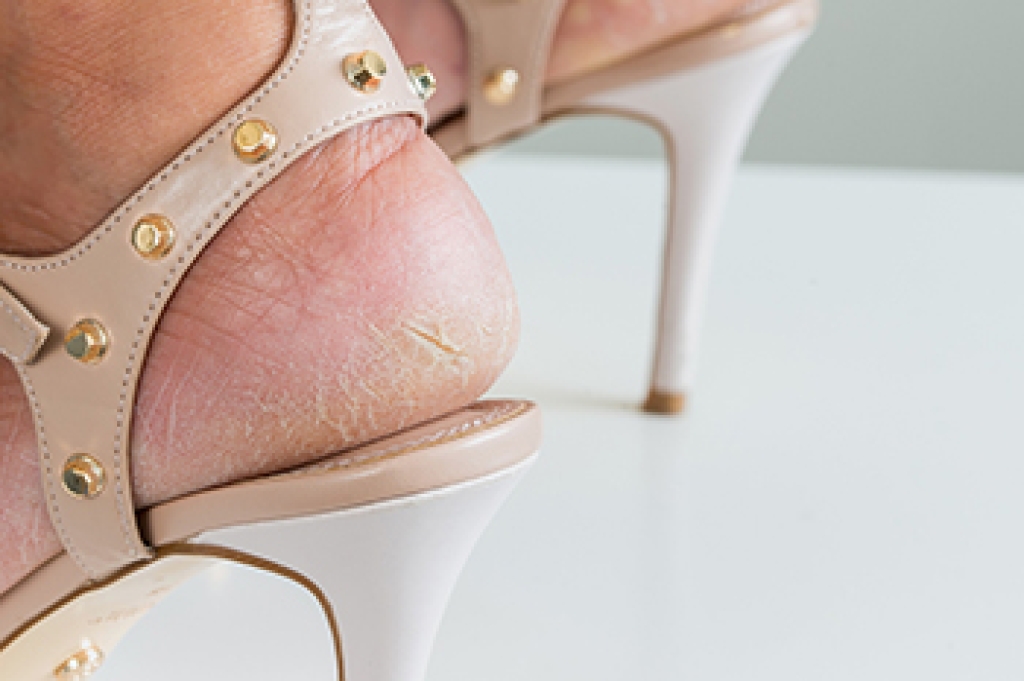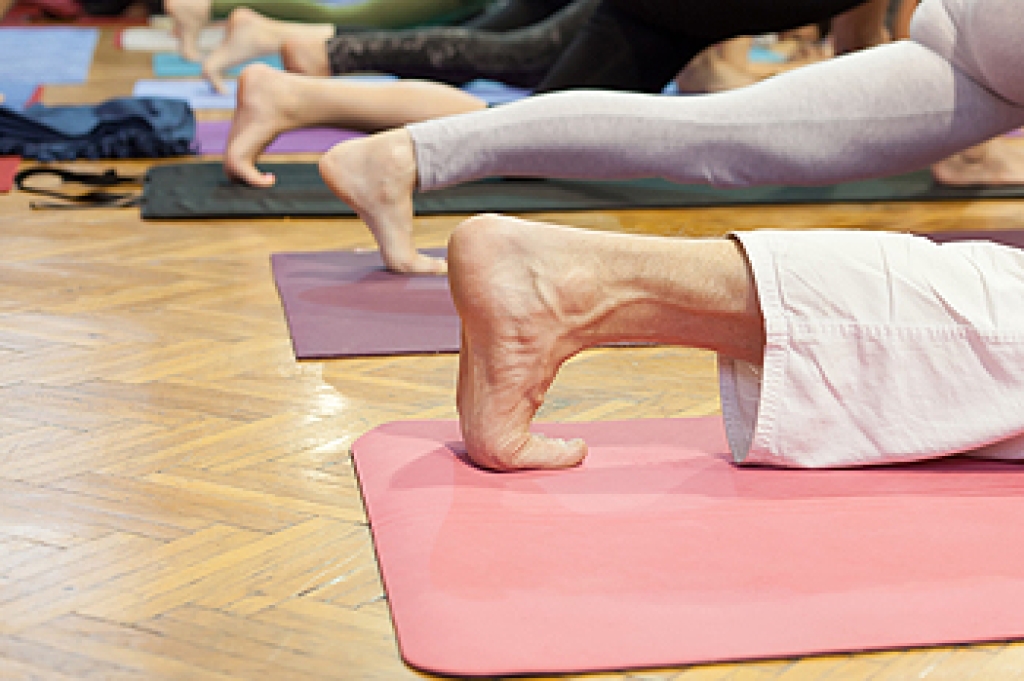
Toenails can change for many reasons, and those changes are often more than cosmetic. Thickened or discolored nails may point to fungal infections, while trauma or tight shoes can alter their shape. Ingrown toenails are another common issue, where the edge of the nail presses into the surrounding skin, leading to pain and sometimes infection. Circulation concerns, diabetes, or conditions such as psoriasis can also influence nail health. Treatments depend on the underlying cause. Fungal infections may require antifungal therapy, while ingrown nails might benefit from careful trimming, wearing proper footwear, or professional podiatric care. Additionally, pressure related damage can often be managed with adjustments to shoes and routine nail maintenance. Practicing good hygiene and keeping nails cut straight across helps prevent many problems. If you are experiencing nail changes or painful ingrown nails, it is suggested that you see a podiatrist for appropriate treatment solutions.
Toe pain can disrupt your daily activities. If you have any concerns, contact Derek Smith, DPM of Oklahoma. Our doctor can provide the care you need to keep you pain-free and on your feet.
What Causes Toe Pain?
Most severe toe pain is caused due to a sports injury, trauma from dropping something heavy on the toe, or bumping into something rigid. Other problems can develop over time for various reasons.
Toe pain can be caused by one or more ailments. The most common include:
- Trauma
- Sports injury
- Wearing shoes that are too tight
- Arthritis
- Gout
- Corns and calluses
- Hammertoe
- Bunions
- Blisters
- Ingrown toenails
- Sprains
- Fractures (broken bones)
- Dislocations
When to See a Podiatrist
- Severe pain
- Persistent pain that lasts more than a week
- Signs of infection
- Continued swelling
- Pain that prevents walking
Diagnosis
In many cases the cause of toe pain is obvious, but in others, a podiatrist may want to use more advanced methods to determine the problem. These can range from simple visual inspections and sensation tests to X-rays and MRI scans. Prior medical history, family medical history, and any recent physical traumatic events will all be taken into consideration for a proper diagnosis.
Treatment
Treatments for toe pain and injuries vary and may include shoe inserts, padding, taping, medicines, injections, and in some cases, surgery. If you believe that you have broken a toe, please see a podiatrist as soon as possible.
If you have any questions please contact our offices located in Ponca City, and Stillwater, OK . We offer the newest diagnostic and treatment technologies for all your foot and ankle needs.
 Orthotics
Orthotics


